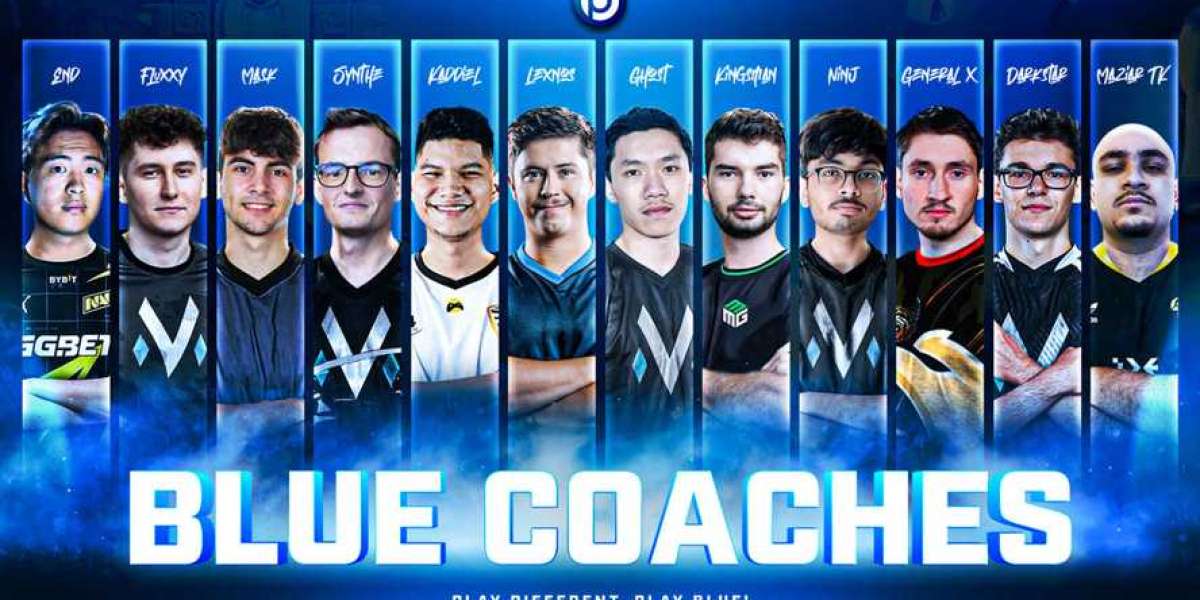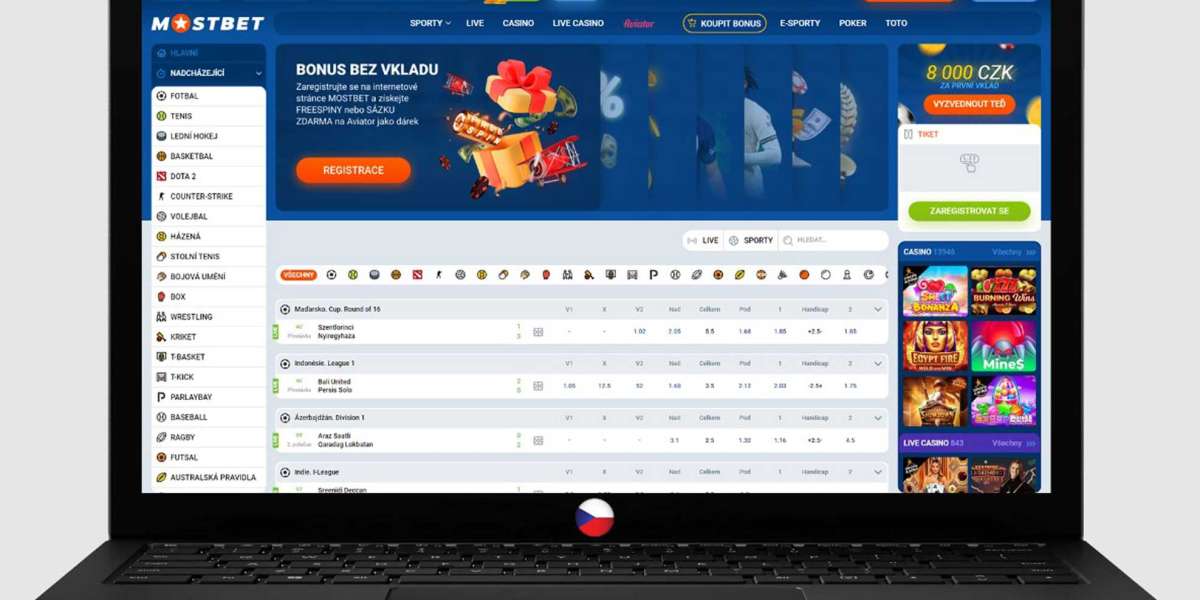Leeds United’s football shirts have evolved significantly through the decades, reflecting changes in fashion, football culture, and the club’s fortunes. From the minimalist designs of the early years to the more adventurous and sponsor-laden kits of the modern era, each decade has brought something unique to the table. In this article, we’ll take a journey through Leeds United’s football shirts through the decades, highlighting how these iconic kits have become an integral part of the club’s identity.
1960s: The Birth of the Iconic All-White Kit
The 1960s marked a pivotal moment forLeeds United football shirts, both on the pitch and in their kit design. In 1961, legendary manager Don Revie made the bold decision to switch the club’s traditional blue and yellow kits to all-white, drawing inspiration from the dominant force of European football at the time, Real Madrid.
- Design: The new all-white kit symbolized ambition and professionalism, with no logos or sponsors to distract from the purity of the design.
- Legacy: Leeds United’s fortunes changed dramatically under Revie, with the team winning promotion to the First Division and becoming a dominant force in English football. The white kit became synonymous with success, worn by club legends like Billy Bremner and Jack Charlton.
- Why It’s Iconic: The all-white kit became a Leeds United trademark, representing the club’s rise to prominence in the 1960s and its aspiration to compete with Europe’s elite.
1970s: Golden Era of Success
The 1970s were a golden era for Leeds United, with the club winning multiple domestic and international trophies. The all-white kits from this period, which remained relatively unchanged in design, became symbolic of the club’s dominance.
- Design: The all-white shirt was consistently clean and elegant, featuring minimalistic details like yellow and blue trim around the collar and cuffs in some versions. The club’s badge took center stage, with no sponsorships cluttering the look.
- Legacy: Leeds won the 1972 FA Cup, the First Division title in 1974, and reached the European Cup final in 1975, all while donning this classic kit. Players like Norman Hunter, Johnny Giles, and Allan Clarke became legends in these iconic shirts.
- Why It’s Iconic: This decade cemented the all-white kit as one of the most iconic in English football, representing one of the most successful periods in Leeds United’s history.
1980s: The Advent of Sponsors and Bold Designs
The 1980s brought significant changes to football kits across the world, including the introduction of sponsorships and more adventurous designs. For Leeds United, the decade began with struggles on the pitch, but their kits remained distinctive.
- Design: Leeds introduced blue and yellow accents to their traditional white shirts, and by the mid-1980s, sponsorships became a key feature of the kit, with Burtons becoming the club’s first shirt sponsor. The club also embraced bold away kits, with yellow becoming a prominent alternative color.
- Legacy: While the 1980s were not as successful for Leeds in terms of trophies, the team wore these kits during their promotion push at the end of the decade, eventually returning to the First Division in 1990.
- Why It’s Iconic: The introduction of shirt sponsorship and more dynamic designs reflected broader changes in football, as the sport became more commercialized and global.
1990s: The Premier League Era and European Adventures
The 1990s were a transformative decade for both Leeds United and football as a whole, with the advent of the Premier League in 1992. Leeds United kicked off the decade in style by winning the First Division title in 1992, the last champions before the formation of the Premier League.
- Design: Leeds’ kits in the early 1990s were designed by Admiral and featured bold blue and yellow accents, with Top Man as the shirt sponsor. The 1992-93 Premier League era saw the introduction of Adidas kits, which continued the blue and yellow theme with more modern patterns and designs.
- Legacy: Leeds United’s Premier League debut was accompanied by strong performances in Europe, with the club reaching the semi-finals of the UEFA Cup in 2000-01. Players like Gary McAllister, Lee Bowyer, and Rio Ferdinand made their mark in these kits.
- Why It’s Iconic: The 1990s kits represent a time of resurgence for Leeds United, as the club once again became a force in English and European football.
2000s: European Highs and Financial Lows
The 2000s were a decade of highs and lows for Leeds United. The club enjoyed success in the early part of the decade, particularly with their run to the Champions League semi-finals in 2001, but financial troubles soon followed, leading to relegation in 2004.
- Design: The kits of the early 2000s, produced by Nike, featured sleek designs with bold yellow and blue details, and sponsorships from Strongbow and Whyte Mackay. These kits became iconic during Leeds’ European adventures, especially in the Champions League.
- Legacy: The club’s Champions League run in 2001 remains one of the greatest achievements in Leeds United’s modern history, and the kits from this period are highly sought after by collectors.
- Why It’s Iconic: These kits symbolize both the peak of Leeds United’s modern success and the beginning of their dramatic fall from the Premier League, making them a bittersweet reminder of the club’s tumultuous journey.
2010s: The Road Back to Glory
After several years of struggles in the lower leagues, Leeds United began their journey back to the top of English football in the 2010s. The decade saw the club climb from League One back to the Championship, and eventually, under Marcelo Bielsa, to the Premier League in 2020.
- Design: The 2010s kits, produced by Macron and later Kappa, reflected a return to simplicity, with a focus on the club’s traditional white home kits. Sponsorships from Enterprise Insurance and 32Red featured prominently on the shirts.
- Legacy: Leeds’ promotion back to the Premier League in 2020 after a 16-year absence was one of the greatest moments in the club’s modern history, and the kits worn during this period are already considered classics by fans.
- Why It’s Iconic: These kits represent Leeds United’s revival under Bielsa and their return to the top tier of English football, marking the beginning of a new era for the club.
2020s: A New Era in the Premier League
The 2020s have seen Leeds United establish themselves once again as a competitive force in the Premier League. The club’s kits in this era have embraced modern designs while staying true to the club’s heritage.
- Design: Leeds United’s current kits, designed by Adidas, feature a balance between tradition and modernity, with clean white home shirts and bold away kits. Sponsorships from SBOTOP and JD Sports are prominently displayed.
- Legacy: As Leeds continue to solidify their position in the Premier League, these kits symbolize the club’s new era of ambition and competitiveness.
- Why It’s Iconic: The current Leeds United shirts represent the future of the club, blending tradition with modern trends in football fashion.
Conclusion: A Journey Through Fabric and Football
Leeds United’s football shirts tell the story of the club’s highs and lows, from the golden era of the 1960s and 1970s to the struggles and resurgence of the 21st century. Each decade’s kits are more than just fabric—they are symbols of the club’s identity, success, and enduring spirit. For fans and collectors, these shirts represent a tangible connection to Leeds United’s proud history and a reminder of the moments that have defined the club over the years.







